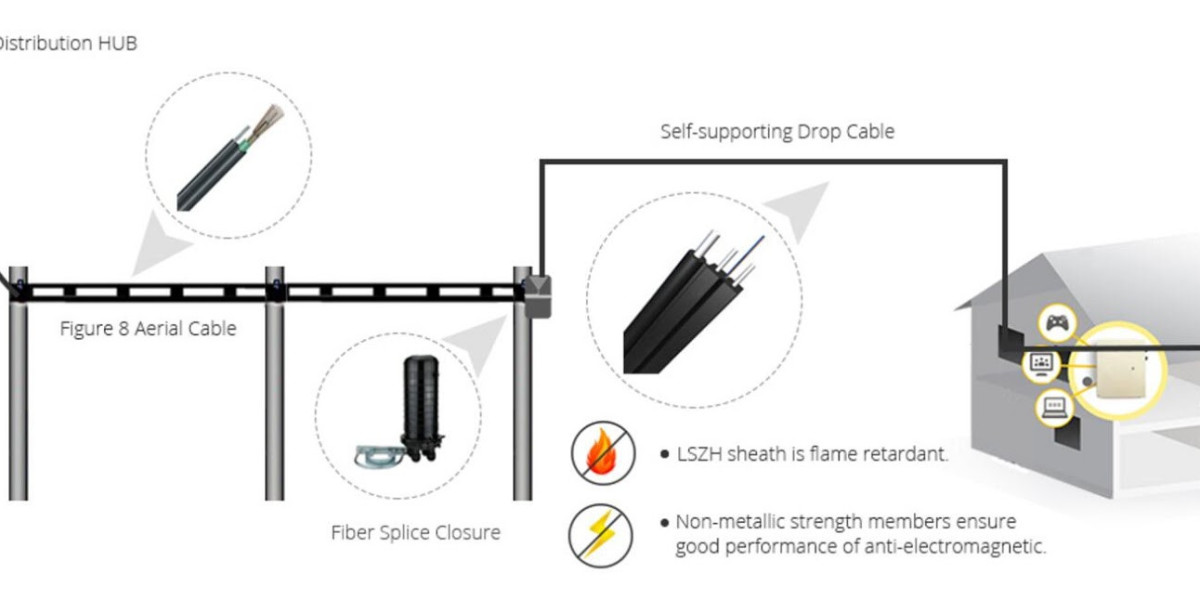The global Fiber Drop Cable Market Trend is being shaped by the increasing adoption of FTTH networks, high-speed broadband, and digitalization initiatives worldwide. Fiber Drop Cable Market Size was valued at 4,640 USD Million in 2024. The Fiber Drop Cable Market is expected to grow from 5.06 USD Billion in 2025 to 12 USD Billion by 2035. The Fiber Drop Cable Market CAGR (growth rate) is expected to be around 9.1% during the forecast period (2025 - 2035). The surge in streaming services, cloud computing, IoT devices, and smart city projects is driving demand for robust fiber drop cable solutions.
Technological innovations such as low-loss fibers, armored cables, bend-insensitive designs, and pre-terminated solutions enhance reliability, reduce deployment time, and improve network efficiency. Automated installation tools and plug-and-play solutions simplify deployment in urban and rural areas.
Market growth is further accelerated by telecom infrastructure investments, government initiatives promoting digital connectivity, and the need for scalable last-mile solutions. Operators are investing in reliable and cost-effective fiber drop cables to meet increasing bandwidth requirements.
Challenges include high installation costs, technical complexity, and lack of skilled technicians. Innovative aerial deployment techniques, GIS-based network planning, and modular solutions are addressing these challenges effectively.
Regionally, Asia-Pacific dominates due to rapid FTTH adoption and telecom infrastructure expansion in China, India, Japan, and South Korea. North America and Europe maintain steady growth through broadband expansion and rural network upgrades. Emerging markets in Latin America, Africa, and the Middle East offer significant growth opportunities.
In conclusion, the Fiber Drop Cable Market Trend highlights strong growth potential driven by broadband expansion, FTTH adoption, and technological innovations. Manufacturers and service providers are focusing on scalable, reliable, and easy-to-install solutions to meet evolving connectivity demands.








